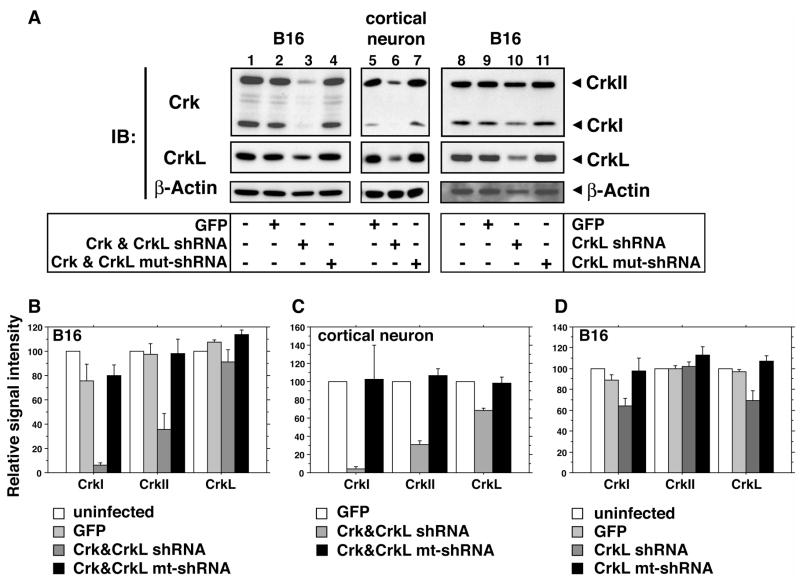Figure 2. Inhibitory RNAs directed against Crk and CrkL effectively reduce expression of their respective targets.
(A) The protein expression of Crk and CrkL was compared between cultures of B16 mouse melanoma cells (lanes 1–4) or primary neurons (lanes 5–7) in the absence of infection (lane 1), after infection with control virus (lanes 2, 5), virus targeting Crk&CrkL (lanes 3, 6) or a mutant version of the shRNA (mut-shRNA; lanes 4, 7). Similarly, the effects of the CrkL shRNA lentivirus on Crk and CrkL expression were compared in uninfected (lane 8), and control infected (lane 9) B16 cells, and in those infected with CrkL shRNA virus (lane 10) and mutant CrkL shRNA virus (lane 11) by Western blotting. (B-D) The intensity of bands on Western blots was averaged between three independent experiments. (B, C) The Crk&CrkL shRNA reduced expression of CrkI and CrkII in B16 cells, and in neurons a significant reduction of CrkL was also observed. (D) The CrkL shRNA reduced expression of CrkL and CrkI in B16 cells but had no effect on CrkII.

